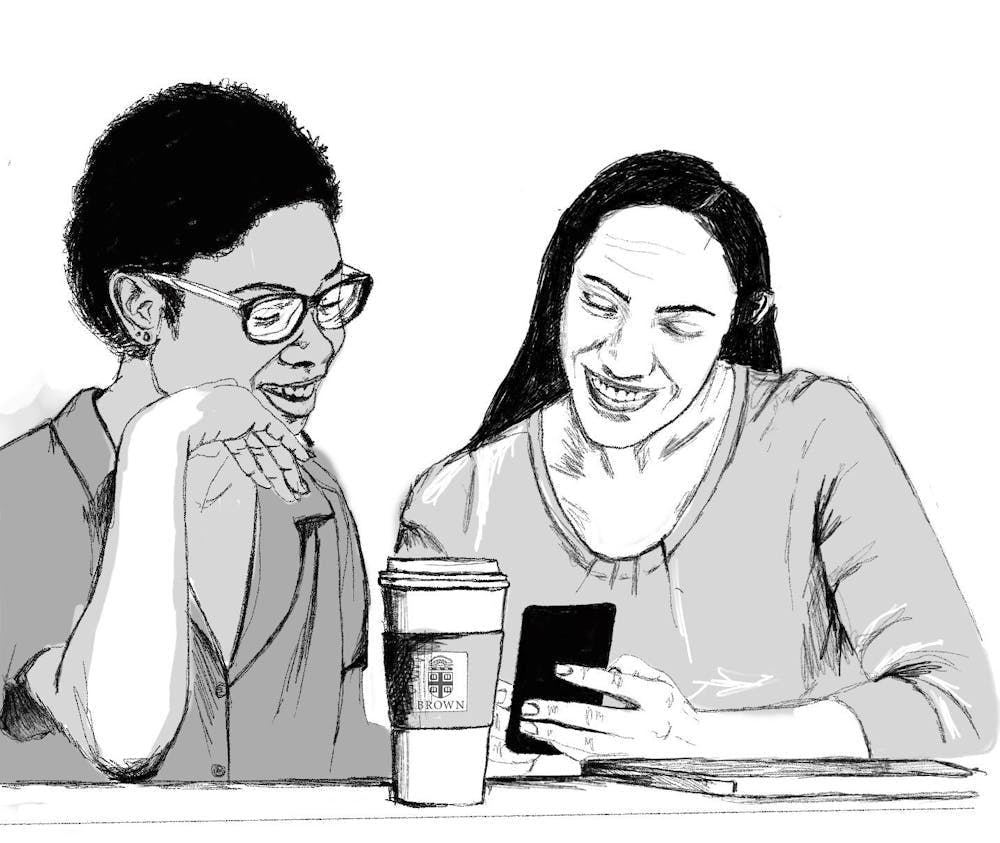This semester, the Office of Biology Undergraduate Education introduced a new dual-advising structure for biology and health and human biology concentrators. Each student will now be assigned two advisors: a faculty advisor for individualized mentorship, research support and post-graduate planning, and a concentration advisor for academic guidance on meeting degree requirements.
Under this new structure, students are no longer required to schedule a pre-advising meeting before declaring their concentration. Instead, they can just complete the process through Brown’s Advising Sidekick, said Toni-Marie Achilli PhD’14, associate dean of biology undergraduate education and senior lecturer in biology, in an interview with The Herald.
The changes were made based on feedback from biology and health and human biology concentrators who graduated in 2024. The students said that while they felt confident in academic planning, they wanted more mentorship in their areas of focus, Achilli added.
The new system addresses the concerns of both students and faculty, according to Jody Hall, a senior academic advisor and senior teaching associate in biology. Advisors will continue to provide guidance to students, but the responsibilities are now divided between two individuals.
Faculty advisors can also focus more on providing support in their areas of “expertise,” which Achilli hopes will be more comfortable for them.
“We wanted to make sure that every student could benefit from the best of both worlds,” she told the Herald.
Because a student’s two advisors may come from different career backgrounds, students may receive more varied advice that will “push (them) to go out of (their) comfort zone,” said Ejemen Idemudia ’26, a Departmental Undergraduate Group leader for health and human biology.
Idemudia added that the new advising structure may provide students in non-medical, biology-based fields with “the opportunity to explore outside of the pre-med realm,” since the faculty advisors will cater to their advisees’ interests.
For Lily Budnick ’26, who is on the pre-med track, the health and human biology concentration has allowed her to “branch out and explore classes outside of the STEM courses,” she said.
While Budnick declared her concentration last year — before the new advising system was announced — she said it would be “really helpful” to have two advisors.
Alexa Torres ’26, a health and human biology and computational biology double-concentrator, hopes the new system will be beneficial for students interested in pursuing a career in research. But she said that the advising structure hasn’t affected her yet.
Looking forward, Achilli said faculty members plan to assess how the new model works before making further adjustments.
“I want to see how this iteration is received (and) continue to fine-tune … in order to serve the students the best that we can with the resources we have,” Achilli said.





